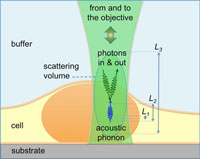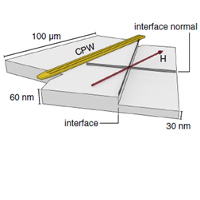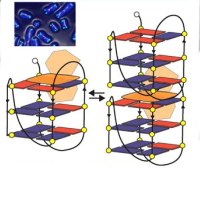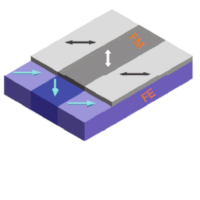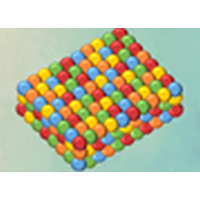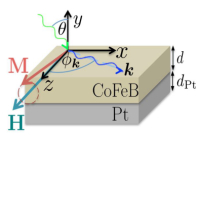Complex Oxide heterostructures with atomic control
Contact persons: Bruce Davidson, A. Giglia, N. Mahne, S. Nannarone, M. Pedio
|
The Oxide MBE (OxMBE) laboratory has the goal of atomic design of interfaces to probe new physical phenomena for future devices, that it realizes through three main research lines: 1) development of new growth methods to improve atomic–layer control during the growth of complex oxide films; 2) application of these methods to the atomic design of perovskite interfaces; and 3) study of these interfaces in devices. During the period 2010–2012, we have focused on magnetic oxides based primarily manganites (e.g. LaMnO3 and SrMnO3) and ferrites (LaFeO3 and SrFeO3), and insulators and ferroelectrics based on titanates (e.g. SrTiO3 and BaTiO3). Initial work began as well on multiferroic films of BiFeO3 possessing coupled ferroelectric and antiferromagnetic properties. |
|
Our approach to the atomic design of inter-faces culminated in its successful completion of the regional FVG “SPINOX” project (ending in 2011) with a series of important results on magnetic tunnel junction (MTJ) devices based on manganites [1, 2]. The key was the development of a new method to use in situ reflection high-energy electron diffrac-tion (RHEED) to identify the surface termination layer at any point during the growth. Consequently, just prior to the tunnel barrier deposition during the growth of the MTJ heterostructure, the surface termination could be adjusted as desired. This level of control over the atomic stacking at the electrode/barrier inter-face resulted in unprecedented values of the tunneling magnetoresistance (TMR) over 1900%, the highest in the literature for any materials system including CoFeB/MgO. Unfortunately this high TMR persists only at low temperature, and drops to zero near room temperature. Advanced characterization of the electronic structure of these interfaces is currently being performed to understand the underlying causes for this temperature dependence of the interfacial spin polarization, and eventually bring the operating tempera-ture up to room temperature.
[1] R. Werner, A. Yu. Petrov, L. Alvarez Miño, R. Kleiner, D. Koelle and B. A. Davidson, “Improved tunneling magnetoresistance at low temperature in manganite junctions grown by molecular beam epitaxy”,Appl. Phys. Lett. 98, 162505 (2011).
[2] R. Werner, M. Weiler, A. Yu. Petrov, B. A. Davidson, R. Gross, R. Kleiner, S. T. B. Goennenwein and D. Koelle, “Local tunneling magnetoresistance probed by low-temperature scanning laser microscopy”, Appl. Phys. Lett. 99, 182513 (2011).

